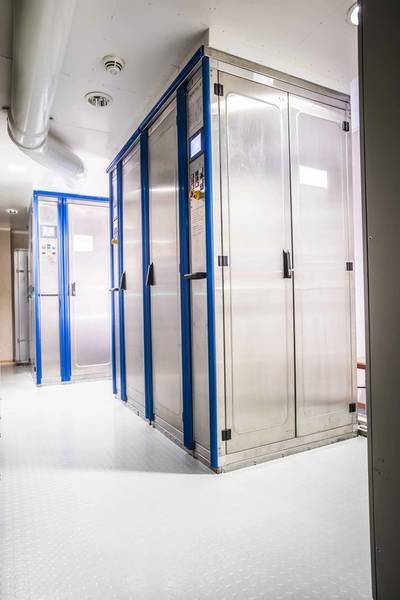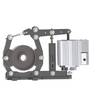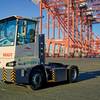Successful Factory Acceptance Test for The Switch EBL
The Switch Norway, part of Yaskawa Corporation’s Yaskawa Environmental Energy Division, reports it has completed a Factory Acceptance Test (FAT) for its Electronic Bus Link breaker (EBL). It is the first time the new EBL, a key element within its DC-Hub, has undergone a FAT.
The procedure was conducted in Trondheim under the supervision of class society DNV-GL and the undisclosed end customers. There were no issues recorded with the first three EBL units to undergo stringent testing, with a further three to undertake the same process prior to delivery on an advanced offshore vessel.
“We only received the original order in September last year, so it’s been a tight turnaround,” said Asbjørn Halsebakke, General Manager, The Switch Norway. “However, our dedicated development team in Trondheim worked in close cooperation with The Switch’s sourcing department in Finland, and assembly and engineering in Stord, to pull out all the stops and deliver a product that is tailored to the specific vessel’s needs. It’s been a real team effort and we, and more importantly the customer, are delighted with the end product.
“The next step will see full load testing onboard the vessel with the EBL working to enable our simple, reliable, robust and very cost-effective DC-Hub solution. We see this as the future of sustainable maritime operations, so it’s very satisfying to observe the products making headway in the market.”
The DC-Hub optimizes operational performance and environmental standards by allowing vessel generators to run at optimal efficiency, with batteries taking the strain of any necessary load changes, thus significantly reducing fuel consumption. The batteries can also be used as stand-by power sources, lowering maintenance costs and energy consumption, while any potential power source – such as wind generators, fuel cells or solar panels – can be easily connected to the DC grid. This effectively future-proofs vessels.
“The EBL is a crucial part of the DC-Hub. It is paramount the EBL performs to the highest standards of quality, efficiency and reliability,” Halsebakke explained. “It works to connect the vessel’s DC-Hubs and diesel engines, and ensures efficient ongoing operations, even if a critical fault occurs. We believe it marks a step forwards for an industry that is increasing its focus on utilizing and producing environmental energy in the most sustainable manner.”














